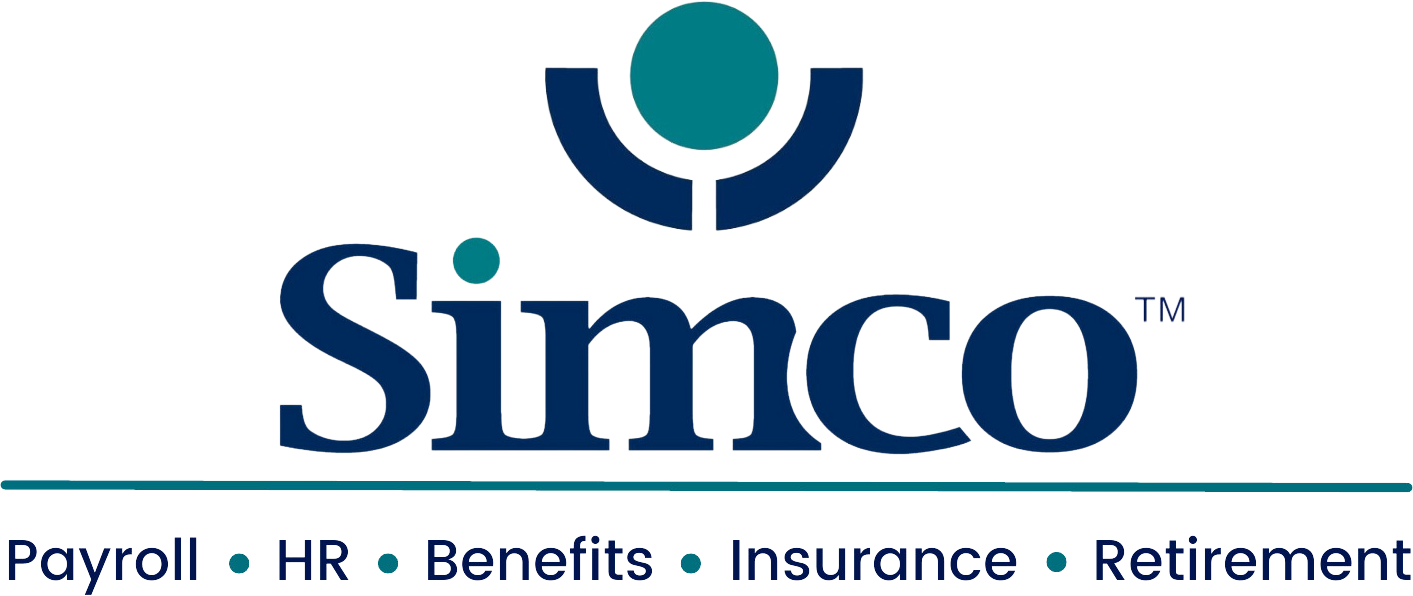
In prior years, you have always felt a sense of urgency to have your benefits open enrollment wrapped up in a timely manner to ensure your employees have sense of calm knowing they are covered with ID cards in hand. This also ensures your billing is accurate, employees who get deductions taken from their paychecks are correct and allows you to focus on looking ahead. The COVID-19 pandemic put us into unknown territory last year with deadlines being constantly moved, a remote workforce and uncertainty in every market. The job market has changed drastically in one years’ time and employees have started to take stock in what matters to them big picture. When that comes to their career, a benefits package is a huge part of incentivizing new employees to join your team and lets your current employees know you care.
How to Retain and Attract Great Employees
Experts are predicting a huge amount of turnover in the latter half of 2021. Reports suggest that employees who would have normally searched for jobs in the past year may have held off and are getting ready to start that search again. The reasoning? Workers are more financially secure now than a year ago and are willing to leave their employers for an arrangement that may be more favorable to them.
Employers now have a huge opportunity for stabilizing their workforce and recruiting if they begin open enrollment efforts early in 2021. Using benefits as a retention tool is more important now than ever so letting your employees know early on exactly what your benefits are that will be offered for this next year is crucial. There are ways to tailor your benefits to what your employees are looking for without breaking the bank. The COVID-19 pandemic showed us that employees are now looking for perks that they didn’t realize were important prior. These benefits or arrangements started from necessity that the pandemic created and now many employees expect at least come of these benefits to become permanent.
What Employee Benefits Matter Most Now
There were various surveys and reports and the following are some of the benefits employees are looking for right now:
- Flexible or hybrid scheduling
- Greater compensation
- Employee Assistance Programs (EAP)
- Mental health resources
- Developmental opportunities
It is critical to speak with your employees and find out what benefits matter most to them and seriously consider offering additional programs this year. Gaining employee feedback prior to enrollment shows your employees you are committed to a caring work environment and growth. It can go a long way to proactively retain employees by showing them that their quality of life matters.
How to Communicate Your Benefits Effectively
After solidifying your benefits, employers need to be clear with communication. The messaging sent to employees should state the continuation of any current benefits with a larger focus on new or updated benefit offerings as a way to incentivize employees to stay. This same messaging can be used as a tool for recruitment.
Each employer will not only need to be clear with communication but need to create a strategy on how to present this information to employees. There have been countless surveys that show employees want more help understanding their benefits options and that starts with the first communication of offerings. Open enrollment is the one time a year that employees are presented with a formal look at what is available to them and can make any necessary changes without needing a qualifying event. The following components lead to successful employee engagement and a better understanding for what is being offered:
- Group meeting for high level overview of available benefits
- One-on-one meetings for personal questions and advice
- Options for communication methods such as printout, presentations, PDF and comprehensive guides
- Ongoing resources for questions
- Reminders sent directly to employees on deadlines and specific instructions
Providing employees ample time to understand their benefits can help retain employees who may be on the fence about changing jobs. The employer should showcase clearly all of the perks that employees have available to them ahead of the expected turnover that is sure to come.
Sign up for our newsletter.




